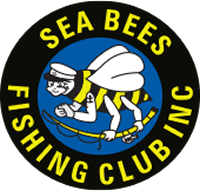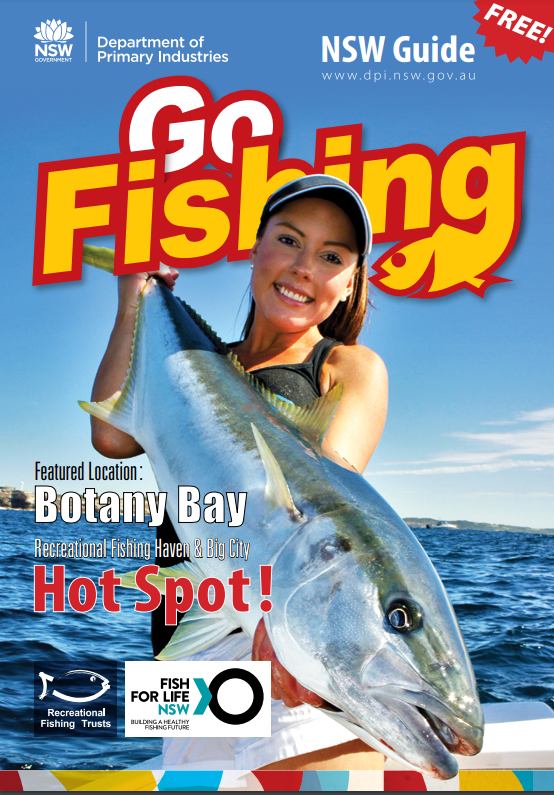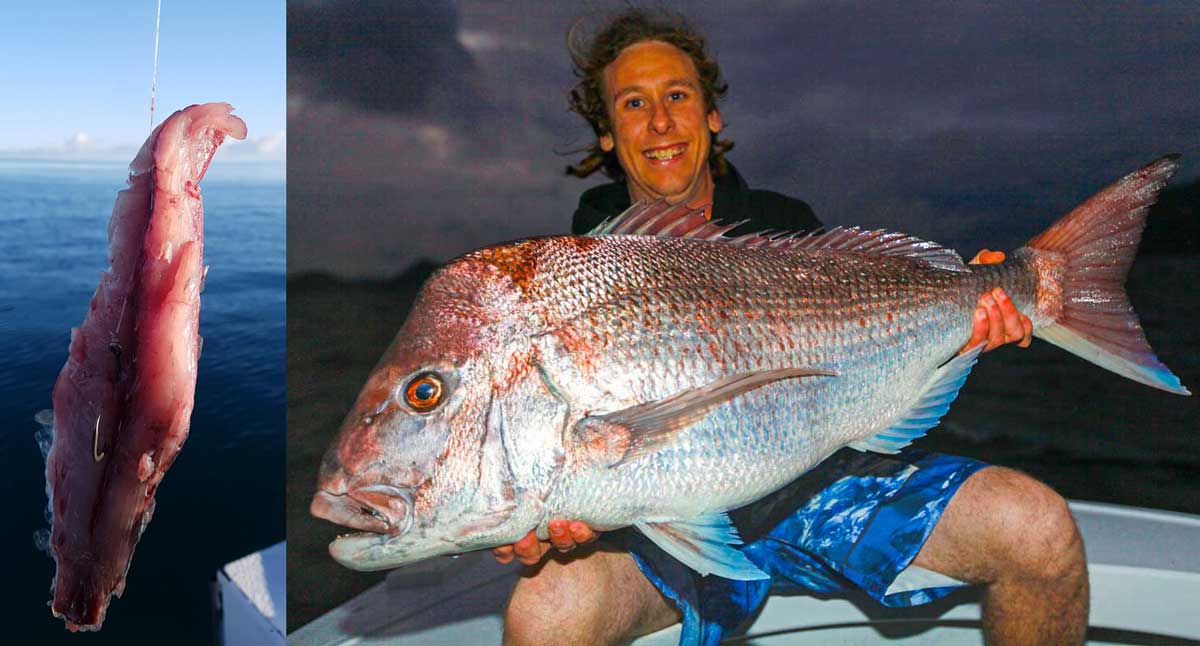Whilst the girls spent New Year’s inside near the fire, we walked through a sheep paddocks to fish the lakeshore and one evening, in the midst of climatic chaos (40 kt wind), we managed one of the holidays best memories. A mate and I found shelter from the wind in a tiny cove that was protected by a pile of fallen trees and we were able to catch trout and salmon at will by casting Tassie Devils into the maelstrom. Unexpectedly, the girls turned up with camp chairs, rugs and bubbly and we became catch and cookers, varying lure colour to suit the order. With a small fire set in beside a log and by making a little "chimney" from sodden bark, we smoked whole fish and delivered said fish to princesses on a bark plate. Maybe the wind and drizzle helped, but we were happy little campers as we hunkered down and tucked in!
Home smoking is far easier if you do it correctly, but before we delve into the "how-to", a little more background will make the journey easier. First up, as a titbit of irrelevant information, my limited research on the origin of smoking fish suggests that the process may have originated when man cooked meat in caves, which lacking chimneys, resulted in smoke-flavoured meals. An alternative thought being that purposeful smoking was used in the Middle East about 5500 years ago, with the aim of using smoke to preserve fish, probably as a tasty alternative to heavily salted and dried fish.
So, first off, to state the obvious, smoking is the process of flavouring and/or cooking a meat by exposing it to smoke from burning or smouldering material, most often wood. Whilst there are a variety of methods and processes that will give fish a smoky flavour, the two that are most pertinent are cold and hot smoking.
Slimey mackerel fillets ready for smoking.
Cold vs hot smoking
Cold smoking is popular around the world because of the ability to create variation within a very high-quality product, but it comes with some risk and must be approached correctly.
Typically, cold-smoking involves placing the fish (or other meat) in an unheated chamber while smoke from another chamber is pumped in. Initially, the fish is placed into the unheated chamber prior to smoking to allow a pellicle to develop (explanation follows) before introducing cold smoke, typically between 15-25°C. Time in the smoke is determined by the desired flavour as the longer the exposure the deeper the flavour, so some experimentation is required to best suit preferences. Because cold-smoking is conducted at low temperatures, there is a risk of bacterial and parasitic infection because the temperatures at which fish are cold-smoked are ideal for bacterial growth and not hot enough to kill parasites. Therefore, to eliminate risk, fish must be cured in salt before smoking or cooked after, at temperatures in excess of 60°C. Many smokers do both to be on the safe side!
The alternative smoking method is hot-smoking, which is easier and safer than cold-smoking because hot-smoking cooks fish at higher temperatures (+100°C), killing pathogens and bacteria. We will focus on hot-smoking from this point.
Hot-smoked fish is usually eaten hot, immediately after it has been smoked, although with refrigeration, hot-smoked fish tastes great the next day ... if you are able to retain any that is.
Typically, hot-smoking involves using the same chamber for both the fish and the smouldering material, meaning that the smoke is hot enough to cook the fish whilst flavouring it. Whilst fish can be smoked inside in the oven, the smell, likelihood of setting off smoke alarms and the possibility of carbon monoxide build-up should indicate that hot-smoking best takes place outdoors in a well-ventilated location. In my house, we often invite friends over to share and the boys locate to the back veranda with a refreshment of two, and enjoy the process, whilst the girls enjoy a wine and a chat away from the kitchen. Hot smokers are readily available from tackle stores, ranging from $50 up to $200. I use the affordable Jarvis Walker and it’s great, even after blowing out of the ute on the way back from a beach fish and cook session! It is heated by methylated spirit burner that’s placed under the box, and one load is usually sufficient. Hot beads are a popular heat source as the cook time can be reasonably well replicated by the number of beads used and the spread of the beads under the cooker ensures even heat over the whole tray.
The process
Whilst any fish species can in theory be hot-smoked, species with a high oil content smoke the best. Popular smoking candidates include trout, mullet, tailor, bonito, kingfish, slimy mackerel, spotted and Spanish mackerel, yellowfin, longtail and bluefin tuna. Trout, tailor, bonito, trevally and slimy mackerel can be smoked whole whilst larger species are usually smoked as cutlets or slices. When smoking fillets, particularly softer flesh species, a day in the fridge will firm the flesh prior to filleting.
Take care of your fish if intending to smoke it. Ike jime, bleed and place on ice if possible, easy in a boat but harder on the rocks. Transport all fish home whole and in an ice slurry to minimise damage. For fish that will be smoked whole, retain scales and clean carefully, being certain to remove all blood from the gut cavity. Chilled fish fillet best, so if the fish need it, give them an hour or two in the fridge or freezer prior to filleting. Fillets with the scales and skin offer another added taste or a base from which flesh is easily removed.
Brine
It's essential that fish are brined (cured) before smoking. Correct brining maximises taste, limits health risks and it takes time. It cannot be skipped or rushed!
Brines vary in composition according to the situation but almost universally contain a mixture of salt and sugar, with or without a liquid (usually water). Brine serves to both preserve the fish and to prepare it for cooking. Salt denatures the proteins, which enables the flesh to hold more moisture whilst sugar being a water attractor, adds further moisture and sweetness. Both are also preservatives, extending the storage life and freshness of the end product.
Dry brines add flavour and silkiness whilst wet brines add moisture and separates muscle fibres to improve smoke access. The time required to correctly brine a fish varies but in most instances 4 - 8 h is required for a wet treatment whilst dry brines can be fairly quick to act. Wet brines are solutions into which the fillets are soaked. They are the preferred curing technique for fillets because dry salt treatments make fillets overly salty. Whole fish respond well to dry salt and are best coated inside and out with pure salt. Whichever brine you use, it's important to prevent contamination by placing the fish in the fridge.
Personally, I only smoke fillets and cutlets, never whole fish. Most of my brines are wet brines of salt, sugar and water. With very oily species such as tuna and slimey mackerel, I use a 1:1 mix and soak them for 1 - 4 h depending on the size of the fillets. Mackerel are one of our favourites and we use 15 mm thick cutlets or skin-on tail fillets in a 2 salt: 8bwn sugar brine for 4 h. Wet brines should be washed off fillets, which are then dried prior to smoking. Tailor take at least 4 h to wet brine correctly, although I used a brown sugar dry brine on the flesh sides of the fillets from the last tailor I snagged (school jew bycatch) and it was really nice, although perhaps little too sweet. I let the fillets "rest" until the sugar glazed over (15 - 30 min) and then smoked it.
Thinking outside the box takes longtail tuna from just being a sportfish to a prime eater ... think sashimi and smoking.
Smoking
In order to maximise smoke (and limit combustion), the wood material should be dampened with water at least 30 min prior to smoking. One way to do this is to lay the wood particles out on a pan or dish and spray with water until handfuls retain their shape without becoming soaked. Traditionally hickory was the timber used but Australian timbers are in my opinion, just as good. Rosewood, brush box and a variety of gums are available from tackle store for about $10 each. Because I have a few acres of timber on my property, with a variety of trees, I have experimented, using a wide dish to collect the dust from both chainsaw and handsaw. Banksia is our favourite for a strong smoke taste whilst Casuarina (she-oak) gives a milder flavour. Be warned though... Never ever smoke fish using treated timber. Treatments are toxic in order to kill white ants and can contain (or should), cyanides, copper or arsenic!
To smoke we use a simple method involving laying sheet of aluminium foil on the inside base, adding a handful of wood dust and then the racks of evenly spread fish (for smoke movement). The lid goes on and the filled metho burner is ignited before centrally locating the smoke box over the burner. Then we take a seat nearby and enjoy a beverage whilst the smoke works its magic. In windy conditions we shelter the flame and keep an eye on it in case it’s blown out. 15 min later, the fish id plated and the feast begins.
Advanced techniques
Flavours can be enhanced to tastes with the addition of herbs, spices and condiments such as soy sauce. Fennel, rosemary, cumin, thyme, basil, bay leaves and citrus peels are particularly worth a try, as are aromatic teas. Although basic smoked fish is in my opinion as good as it gets.
Another favourite of ours in smoked baby octopus, which comes in many seafood dishes around the country. After 4 h in a 50:50 salt and sugar brine we smoke it, but it takes twice as long to cook as fish.
Basic brine mixtures
Equal parts sugar and salt to saturate the volume of water required to submerge the fish.
¼ cup salt: 1/3 rd cup sugar, 4 cups liquid (which can be water or a mixture of water/soy sauce and/or white wine)
4 tablespoons of salt per 4 cups of water.
1 cup warm water, 1 cup soy sauce, 3/4 cup brown sugar, ¼ cup sea salt, 3/4. tablespoon granulated garlic.
Hot-smoked tailor fillets, ready for the plate!
In closing
I hope you now have an insight into the process of hot-smoking fish at home. If you’re keen, check out your local tackle store for a smoker and smoking wood particles. Avoid shortcuts and have a go. Sitting under the back verandah with a few mates and a beer is a great way to spend some time... just remember to brine before they arrive. And by the way, this smoking deal is a brownie point bonanza!









